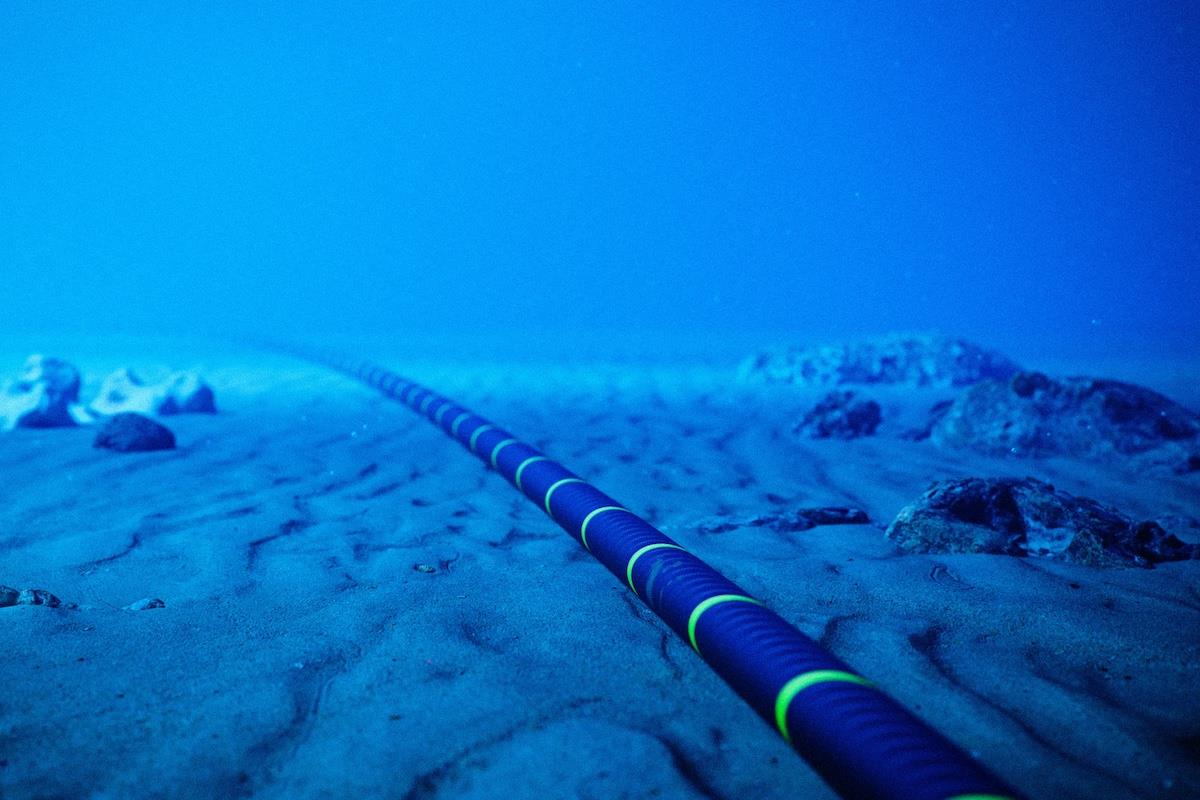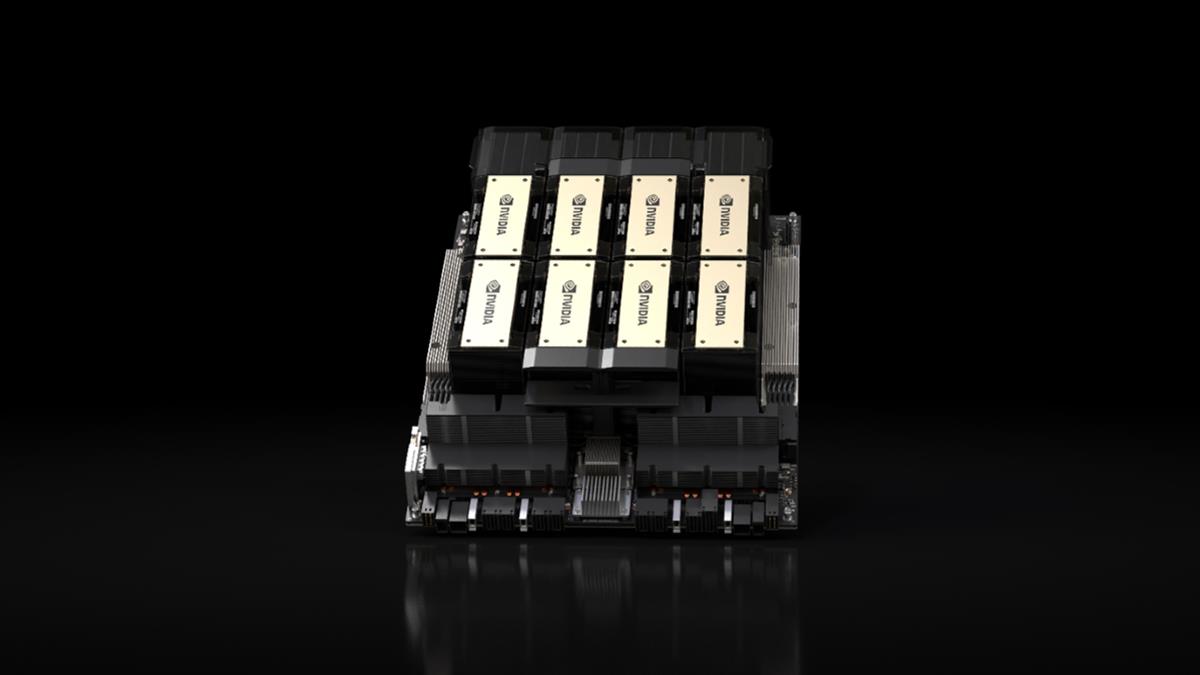
Undersea Cable Risks Imperil East Asia's AI Future
A more creative, collaborative and effective strategy is overdue to ensure that subsea cables can meet societal demand and withstand emerging threats. These four nations-deeply interconnected both technologically and economically-are especially well positioned to adopt, shape and scale such an approach.
Subsea cables carry nearly all transoceanic data. This infrastructure is vital to every country but particularly to those heavily invested in AI, including the aforementioned four. Over the coming years, public and private actors in these nations will spend billions-if not trillions-of dollars on AI infrastructure.
But these staggering AI investments won't amount to much without resilient subsea cables. As one Meta official noted, a data center is just a“really expensive warehouse” without sufficient Internet traffic flowing through those cables.
The critical role of subsea infrastructure raises the stakes, turning any vulnerability into a potential existential risk. As these four nations race to build an AI future, their ambitions collide with three converging trends that demand urgent updates to maritime law and infrastructure maintenance policies.
Rising threatsThree trends have pushed Taiwan, Japan, South Korea and the United States to update their laws to address subsea cable system vulnerabilities.
The first is deferred maintenance, which has become a critical issue. TeleGeography estimates that 15 cable repair shops will need to be replaced by 2040 to maintain current repair timelines and five additional ships will be needed to handle the expected increase in cable breaks across Asia.
These vessels are expensive-typically costing around US$100 million each. Even if built immediately, experts anticipate a shortage of workers with the skills (and interest) to operate them.
There is also a growing need for new cables, particularly in the northwest and northeast Pacific. The four nations must be prepared to invest heavily in both cable-laying and future repairs. Laying a new cable costs roughly $30,000 to $50,000 per kilometer while repairs often run from $1 million to $3 million.
These staggering sums help explain why cable laying efforts are increasingly led by tech titans Meta, Microsoft, Google and Amazon – all of which have the resources for massive capital expenditures. Still, additional funding will be needed to upgrade and secure the subsea cable system for decades to come.

Legal Disclaimer:
MENAFN provides the
information “as is” without warranty of any kind. We do not accept
any responsibility or liability for the accuracy, content, images,
videos, licenses, completeness, legality, or reliability of the information
contained in this article. If you have any complaints or copyright
issues related to this article, kindly contact the provider above.




















Comments
No comment